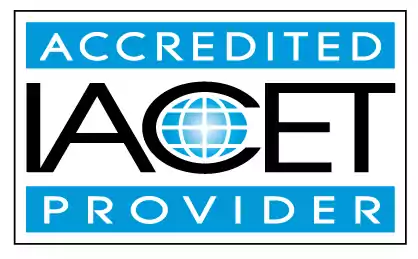Recognizing and preventing shaken baby syndrome
Learn how to recognize and prevent shaken baby syndrome and abusive head trauma. Our page provides essential information on the signs and prevention methods for early childhood education professionals and child care centers.Trainings incorporating this outcome
CDA Subject Areas
Proficiency Level
120 hours courses
102 hours courses
45 hours courses
30 hours courses
24 hours courses
15 hours courses
5 hours courses
2 hours courses
Related Outcomes
- Recognize the signs and prevention of shaken baby syndrome and abusive head trauma.
- Explain the signs and ways to prevent shaken baby syndrome.
- Identify strategies and practices for preventing shaken baby syndrome and abusive head trauma in the child care setting
- Define shaken baby syndrome and abusive head trauma
- Describe how caregivers can help to prevent sudden infant death syndrome.
- Discuss Sudden Infant Death Syndrome and identify preventive measures
- Identify the risk factors that contribute to Sudden Infant Death Syndrome (SIDS), and what guidelines can prevent it.
- Define strategies for prevention of obesity in children including the role of the educator and why prevention is important.
- Recognize the importance and components of an effective parent questionnaire.
- Select examples regarding the prevention of illness in child care programs.
- Recognize the needs of individualized learning in family child care.
- Explain appropriate practices for the identification, prevention, and treatment of communicable diseases in childcare
- Apply strategies caregivers can use to ensure safe sleeping habits and the prevention of SIDS in infants
- Recognize the importance of knowing the stages of development
- Demonstrate understanding of inclusionary practices for fragile x syndrome in the childcare setting.
- Recognize the needs of individualized learning in preschool.
- Give examples of strategies caregivers can use to ensure safe sleeping habits and the prevention of SIDS/SUIDS in infants.
- Recognize the legal foundations, including the IDEA Act and Section 504.
- Give examples of strategies to prevent traumatic brain injuries in infants and young children.
- Recognize the needs of individualized learning for infants and toddlers.
Related Articles
- Nevada Initial Training Requirements: Prevention of Shaken Baby Syndrome and Abusive Head Trauma
- Understanding Shaken Baby Syndrome and Abusive Head Trauma: Crucial Training for Child Care Providers
- Safe Sleep Training for Infants: Prevent SIDS
- The Importance Of Recognizing Obesity In Children
- Maryland State Fire Marshal- Fire Prevention Week
- Suicide Prevention Month: Memes, Therapy, and Tea to keep Your Mind Happy
- Why Safe Sleep Training Matters: Preventing SIDS and Promoting Infant Well-Being
- Injury Prevention Trainings
- Down Syndrome Awareness Month
- How to prevent child injury using the course of 1,2,3 eyes on me
- How Baby Sign Language Can Benefit Your Classroom
- Preventing the Summer Slide
- Prevention and solutions to challenging behaviors
- Mirror Mirror on the Wall: Whimsical Ways to Prevent Bullying Tendencies in Kids, Inspired by Fairy Tales
- Elf on the Shelf or Stress on the Shelf? Recognizing Holiday Anxiety in Kids
- Protecting Infants and Preventing Sleep-Related Incidents
- Essential Resources for Georgia Childcare Providers
- A 9-Hour Communication Course for Childcare Professionals
- Childhood Education in Georgia: A Growing Focus on Quality Learning
 12 CEUs
12 CEUs